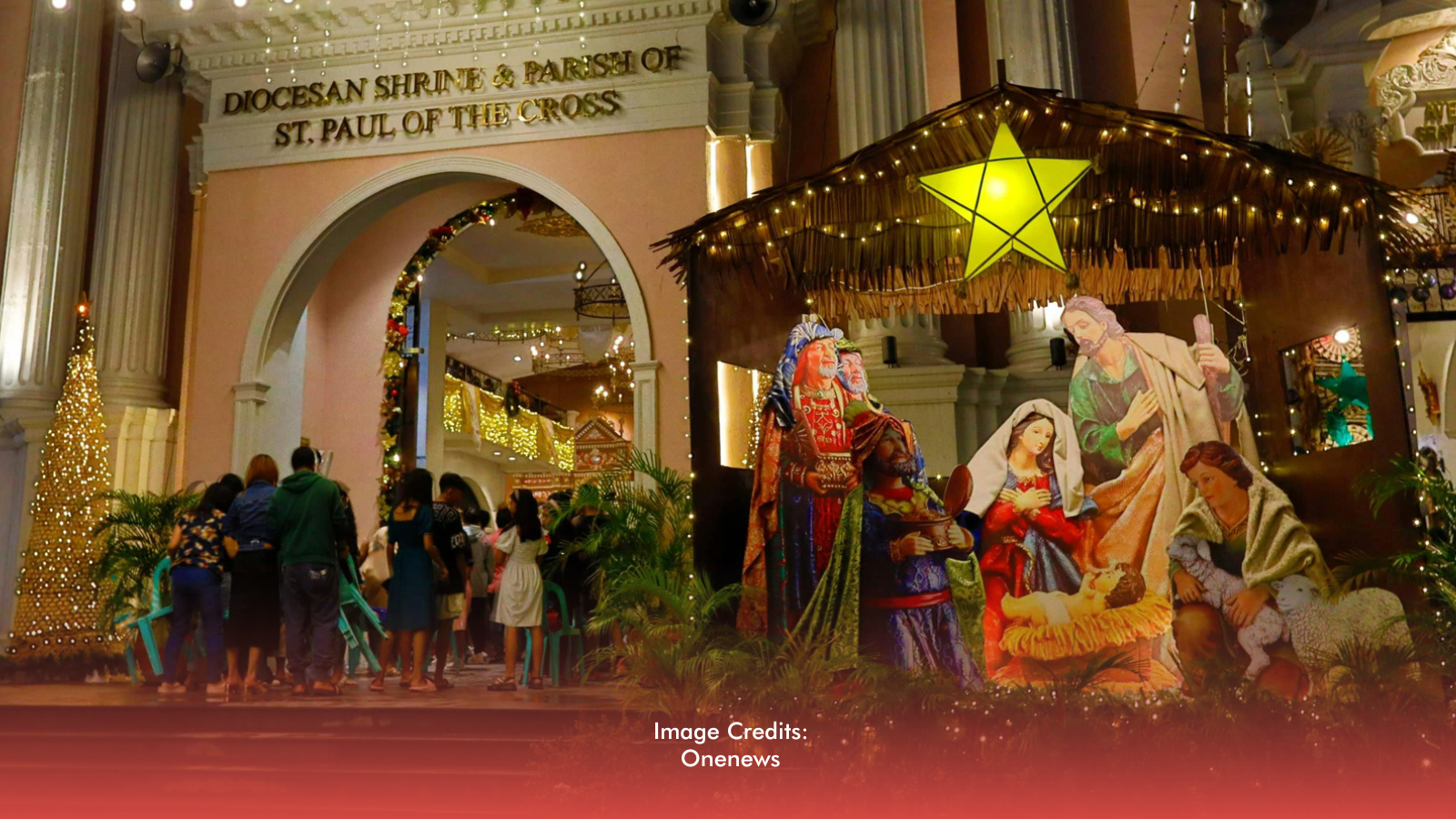Filipino culture has long been regarded as a "melting pot" of sorts, where there is little of ours to be "recognized as" or "identified with."
In a world where globalization sometimes blurs our cultural identities, the new Netflix series "I Love Filipino" serves as an invigorating reminder of who we are as Filipinos, and why we should be proud of it. This five-episode docuseries is more than just a watch; it's a soulful journey through the heart of the Philippines, guided by journalist Jiggy Manicad and crafted with deep reverence by Team MMPI.
Note: Contains spoilers.
RELATED: [Top 5 Filipino Netflix Series Worth Binge-Watching Right Now]
Episode 1: Pinoy Altanghap
Did you know that the first meal Magellan had in Cebu was SuTuKil? It's fish cooked in three ways: Sugba (grilled), Tuwa (stew), and Kilaw (raw seafood bathed in vinegar). This food was one of the meals featured in the very first episode, wrapping you in the familiar warmth of home.
This opening episode unpacks the soul of Filipino cuisine, framing familiar dishes—tapsilog, lechon Carcar, sisig, and sinigang—not merely as comfort food, but as culinary time capsules that preserve history, geography, and communal identity. It doesn’t just talk about food—it honors it.
Every flavorful segment is paired with intimate interviews with professional Filipino chefs and cooks. As they say, “Lahat ng pagkaing Pilipino, malinamnam.”
Episode 2: Himig
Setting a deeply emotional tone, this episode traces Filipino music from indigenous rhythms to the modern era of OPM and hip-hop.
We hear from Ryan Cayabyab, Rico Blanco, Lola Amour, and Ben & Ben, who assert that Filipinos aren’t just great singers – they’re great musicians. If you’ve ever sung along to a karaoke machine at a family reunion, this episode hits home.
Episode 3: Juan with Art
"Juan with Art" moves from music to visual magic, shining the spotlight on painters, sculptors, and even comic book legends like Leinil Yu, showcasing how Filipino creativity isn't just rich—it's world-class. Yet, many of these names remain unfamiliar to Filipinos. One artist who stood out in this episode is the toymaker Elmer Padilla, known for his tsinelas art. Unable to afford the toys he wanted as a child, he meticulously sculpted them from styrofoam, driven by a deep sense of purpose and environmental consciousness.
“Ako hindi ako nag-iisip na makilala, ang importante sa akin, mahalaga sa ‘kin kung ano ang ginagawa ko, nakakatulong para sa sarili ko at saka nakakatulong ako sa kalikasan.” - Elmer Padilla
This episode feels like a long-overdue recognition, an applause we should’ve given ourselves sooner.
Episode 4: SawsawJuan
This delightful and almost spiritual exploration flips the lens to our love of sawsawan—from banana ketchup to patis and suka. Who would’ve thought that condiments could carry so much cultural weight?
As the show delves into the origins and rituals behind banana ketchup, patis, and suka, it uncovers how even our sauces tell stories. In true Filipino fashion, something as simple as dipping sauce becomes a metaphor for our adaptability, inventiveness, and zest for life.
Episode 5: Bahay Kubo
A quietly powerful conclusion, this episode reframes the traditional bahay kubo as an architectural marvel that embodies sustainability, community, and deep cultural resonance. You will walk through re-imagined nipa-hut-inspired homes, where tradition meets modern comfort—proving that resilience isn’t about clinging to the past but carrying its genius forward.
“The bahay-kubo is the DNA of Filipino architecture. Filipinos, whether they know it or not, have it in them,” says Architect Ning Tan, a practitioner of Philippine & Bamboo Architecture. It’s a tribute not only to a house but to a way of life that respects nature, community, and practicality.
A Quiet Call to Pride
I Love Filipino isn't flashy or loud. It doesn’t try to impress with spectacle. What it does quietly, sincerely—is elevate the mundane. It finds pride in things we sometimes overlook and paints a vivid picture of what it means to be Filipino, both in tradition and in the present.
In a time when many young Filipinos are looking abroad for validation, it says, “Look at who you are. There's so much to be proud of.”
By the time the credits roll on the final episode, I Love Filipino will have done more than educate—it will move you. You’ll feel the urge to support local art, hum your favorite OPM tune, cook your family’s signature adobo, or simply say, “I’m proud to be Filipino.”
And that’s the magic of this series: It doesn’t ask you to take action—it inspires you to want to.
RELATED: [Filipino Filim 'Green Bones' Makes Global Debut On Netflix]








